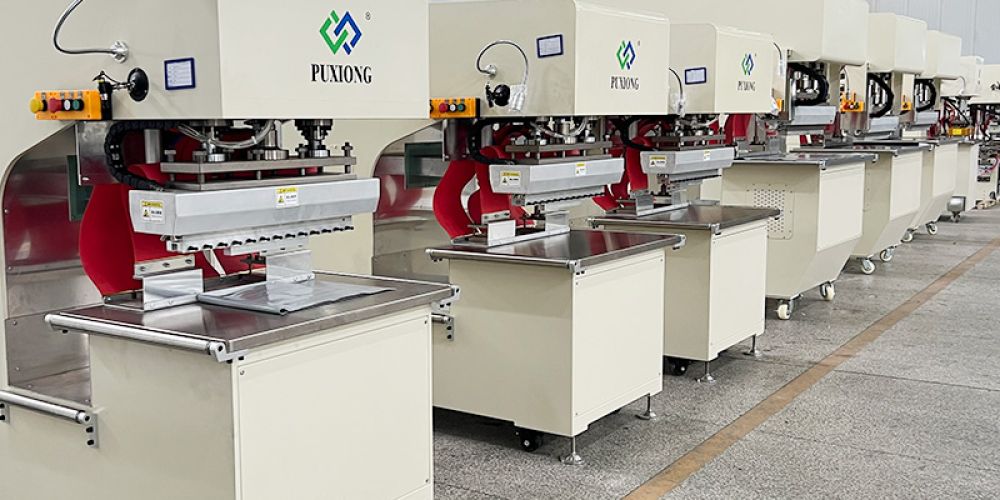
1. High-Efficiency Welding, Superior Production Efficiency
High-frequency welding utilizes the skin effect and proximity effect of high-frequency currents to rapidly heat materials to a molten state, achieving welding speeds far exceeding traditional methods (e.g., manual arc welding). Suitable for automated production lines, it enables continuous, high-efficiency mass production, significantly reducing production cycles.
2. Exceptional Sealing Performance
Complete material fusion during welding ensures high weld strength with excellent tensile and compressive resistance, guaranteeing reliable sealing for water/oil bladders under high pressure or complex working conditions. The slag-free, splatter-free process produces uniform and dense weld seams, effectively preventing leaks and prolonging product lifespan.
3. Strong Material Adaptability
Capable of welding diverse materials, including polymers (e.g., PVC, TPU), metals (e.g., stainless steel, aluminum alloys), and composite materials, meeting varied material requirements for water/oil bladders. Ideal for multilayer composites (e.g., polymer films or metal-polymer hybrid structures), ensuring robust interlayer bonding.
4. Stable Welding Quality
Precise control over parameters (temperature, duration, pressure) minimizes human interference, ensuring consistent weld quality. High automation reduces defects (e.g., porosity, cracks), improving product qualification rates.
5. User-Friendly Operation, High Automation
Integrated automated control systems simplify operation, lowering skill requirements for operators. Accommodates diverse shapes (round, square, irregular) for water/oil bladders, adapting to varied design needs.
6. Eco-Friendly and Safe
No emissions (smoke, exhaust) during welding, complying with environmental standards. High thermal efficiency reduces energy consumption compared to traditional methods, lowering production costs. Multi-layered safety protections (over-current, over-voltage) ensure operational safety.